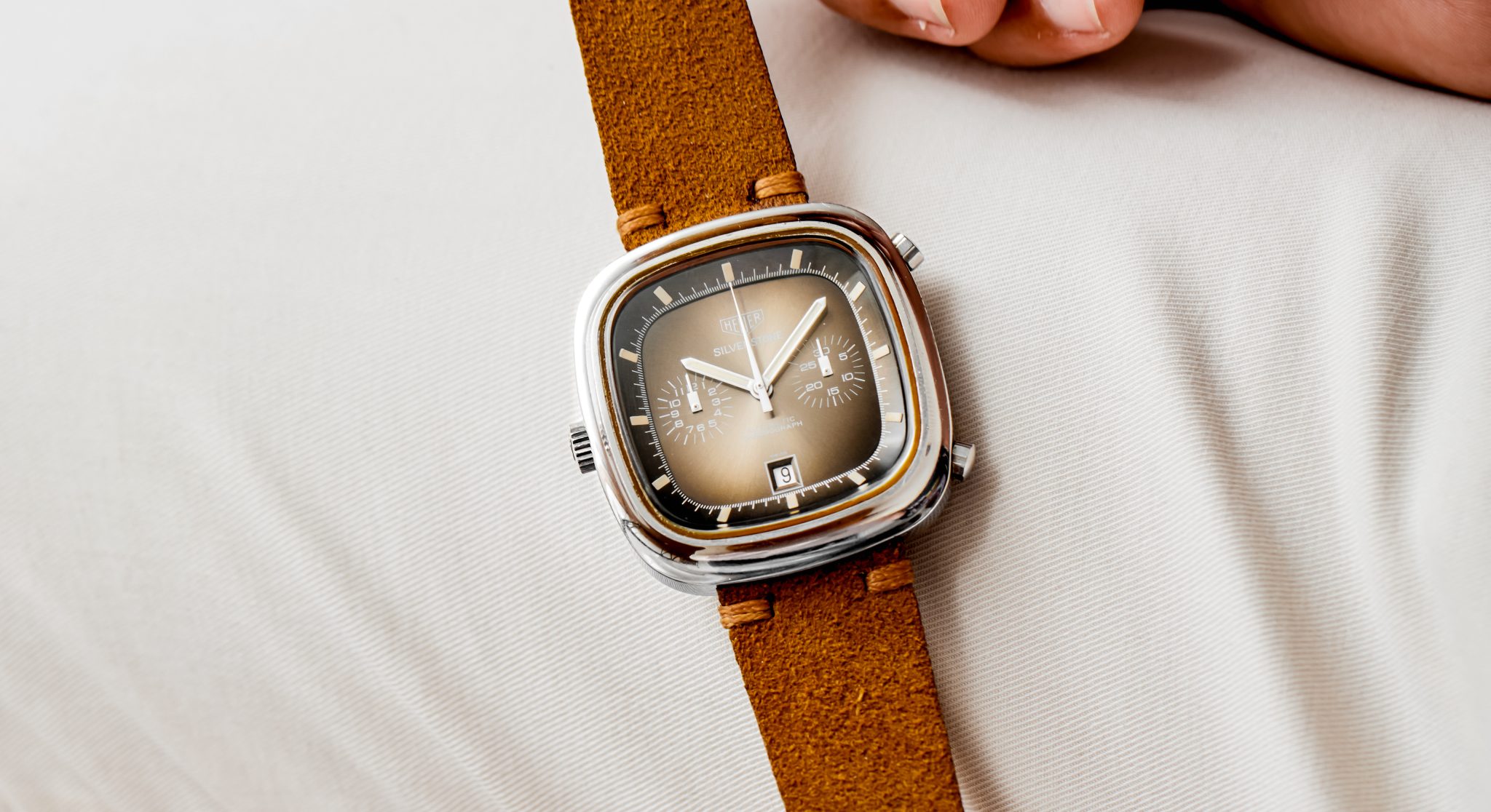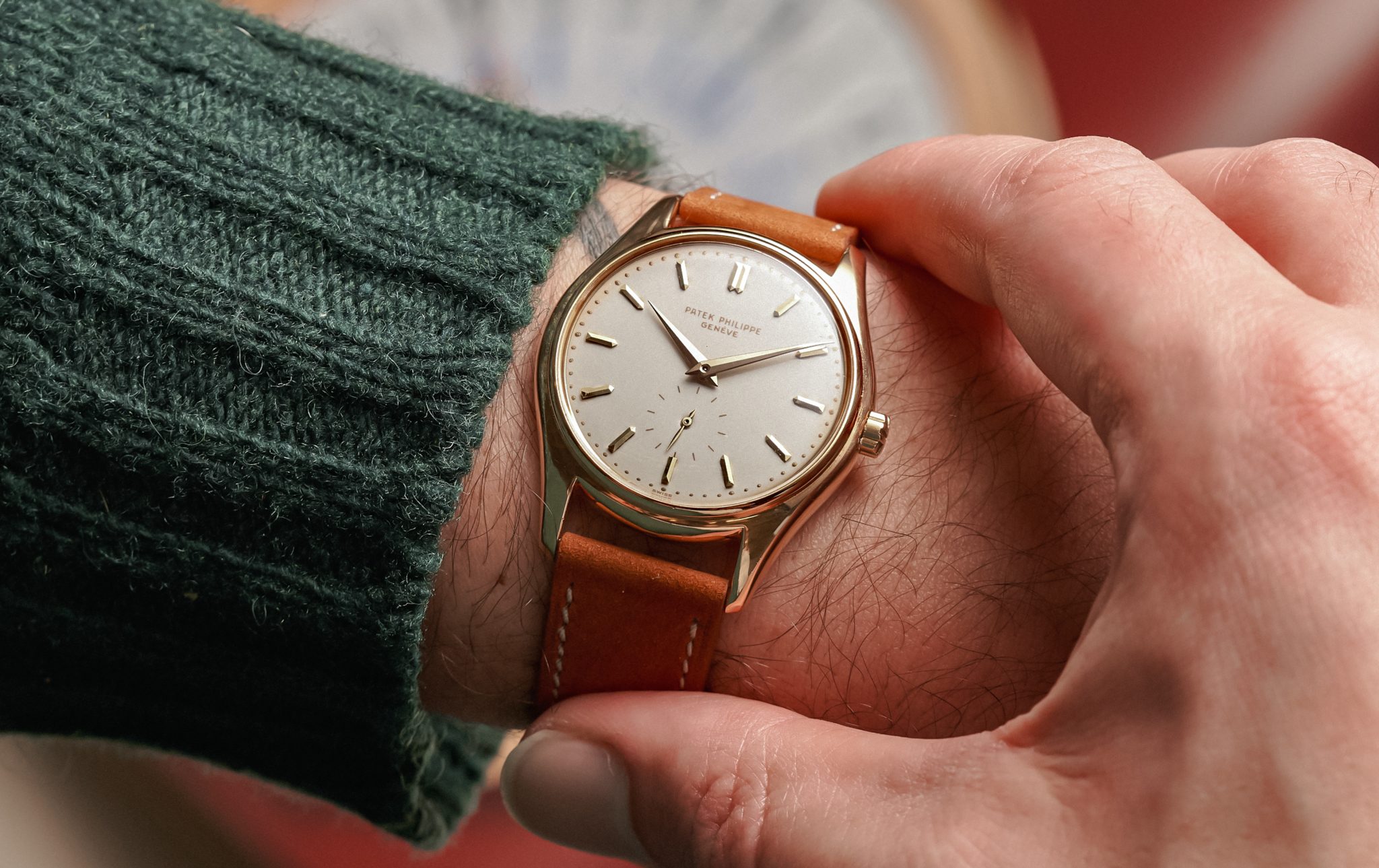
2526 Patek Philippe Calatrava
This innocuous Calatrava might at first appear to be simply the most timeless design in the world, and it is, but it’s different to almost every other Patek Calatrava that came before or after. It’s the ref. 2526 and its dial is entirely enamel, unlike most Patek Philippe dials where it’s just the signature performed in fired enamel, here it’s the whole thing. Enamel dials are a dying art. Only a handful of watchmakers still attempt the process and in Switzerland it’s basically just Donzé Cadrans who still specialize in fired enamel dials independent of any manufacture. But the white enamel dials of the ref. 2526 are quite unlike any other. They are far creamier in tone than any other enamel we see from Patek, with a lustre that is often described as porcelain. This has made them quite famous, studied, and collected, in addition to the fact that the 2526 was the first time Patek advertised a new watch around its thinness. Despite the literal lack of depth, there’s a lot of depth to cover here.
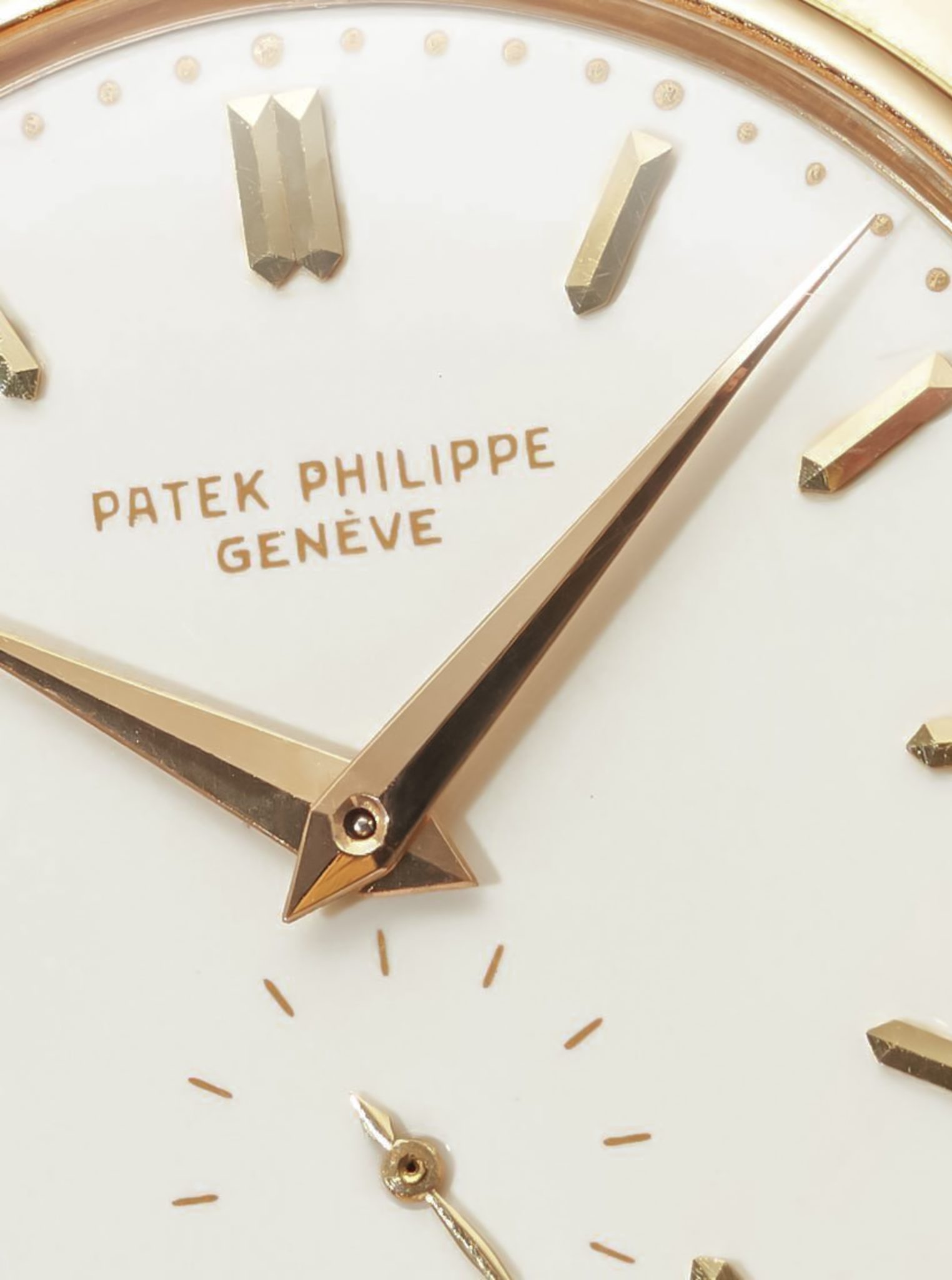

When you fire enamel powder for a dial it adheres to the base metal, with layers built up on top to create the degree of depth you’re looking for. The thicker the enamel, the more depth. Modern dials are fired between 5 and 10 times to create this lustre. The 2526 is rumored to have been fired only twice at Stern Frères, with two pleasingly thick applications for maximal gloss. The fewer the fires and the thicker the layers, the greater failure rate. For modern firing, 1 in every 6 or so is successful. For something like this, it was about 1 in 10. Additionally, only on this reference, the dial’s base was made of silver. Most enamel dials you’ll find today have a copper base. Hence you get this deep cream, porcelain sheen. But they are also more fragile. For this precise reason, they’re tricky to hunt. Hairline fractures are common and, as almost all the value is in the dial, one has to be diligent. But as far as dials are concerned, the 2526’s depth cements its reputation as king of Calatravas from the last century.
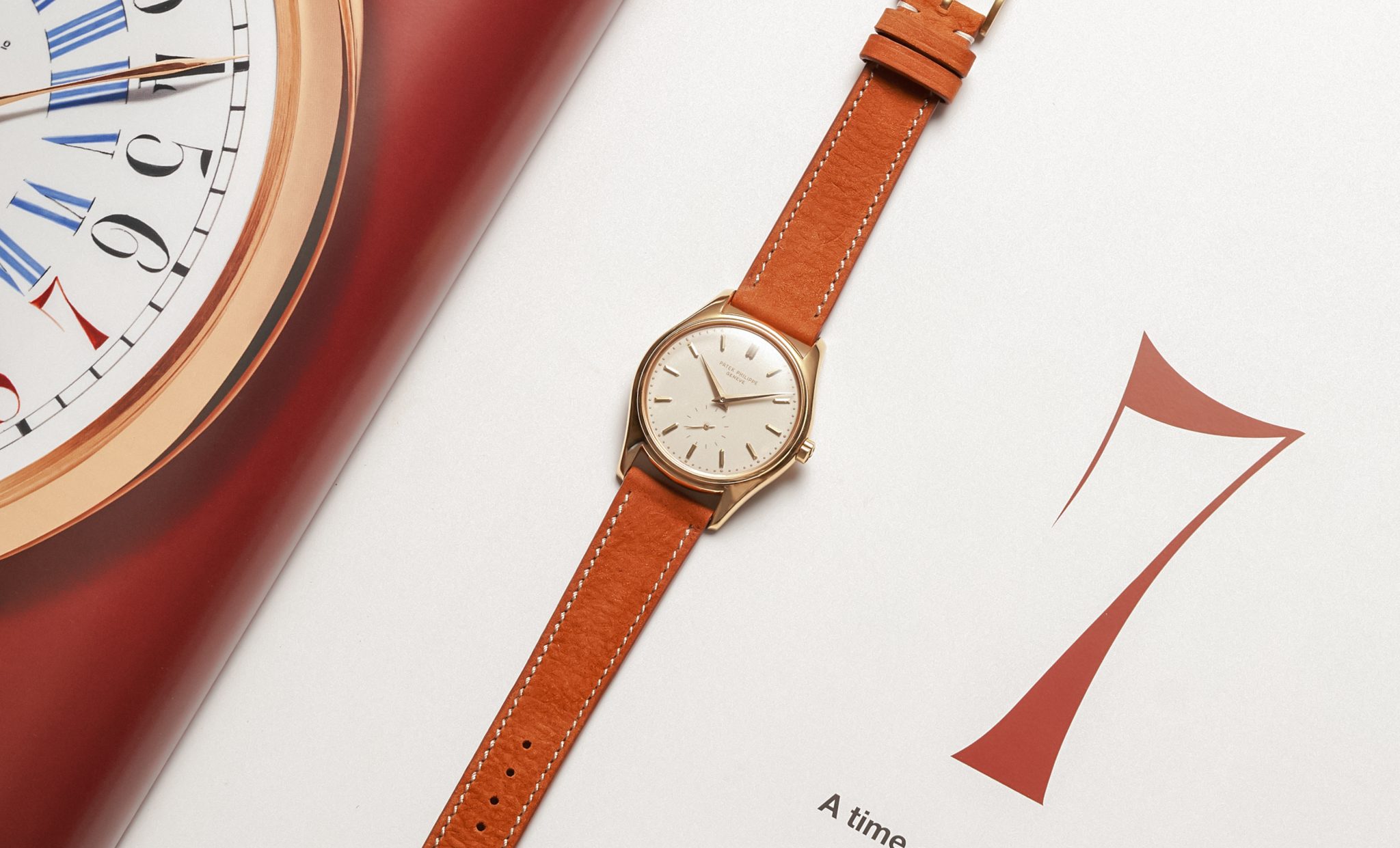
This is all not even to mention that the 2526 was Patek’s first self-wound watch with the calibre 12-600 AT. In 1953, the retail price on bracelet was 3400 CHF, just 400 CHF less than a 2499. That should tell you something about the quality here. Both are a little more these days, but where the 2499 is over a million, this is considerably more attainable. Fun fact, also: the 2526 very likely has the very first decorated rotor in history. It is estimated that only 500-600 examples were ever made between 1953 and 1960, with far fewer surviving today for the reasons we’ve just described. It’s worth noting that many have replacement dials, so be cautious. These are fragile works of art. The more bright white an example’s enamel is, the more questions you should ask, most have aged to this lovely crème. The Calatrava as a design is timeless, but the 2526 adds to it a level of depth where it just reveals more depth the more you study it. Just don’t ship it if you’re planning to purchase one. It’s pick-up-in-person watch.
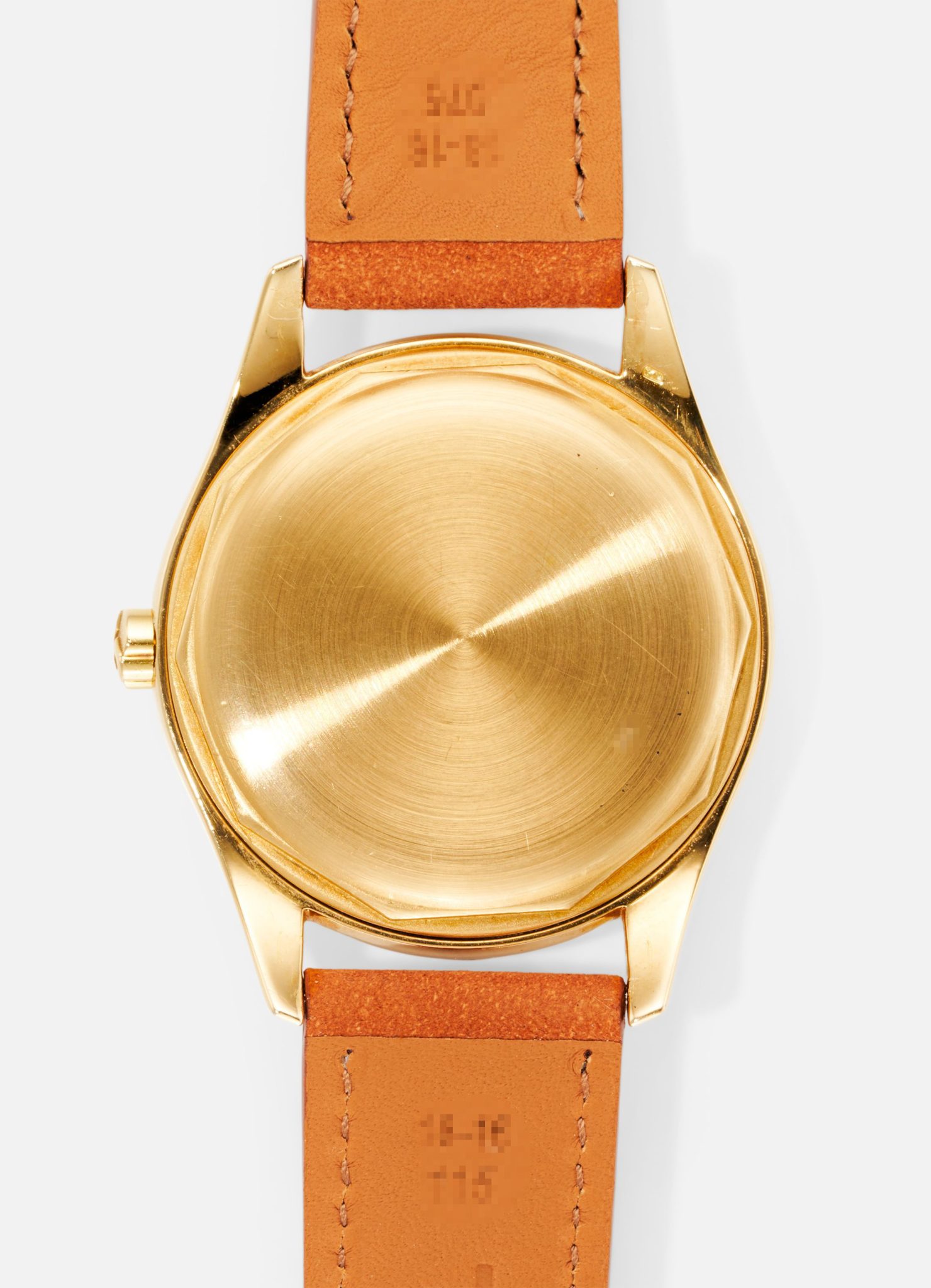
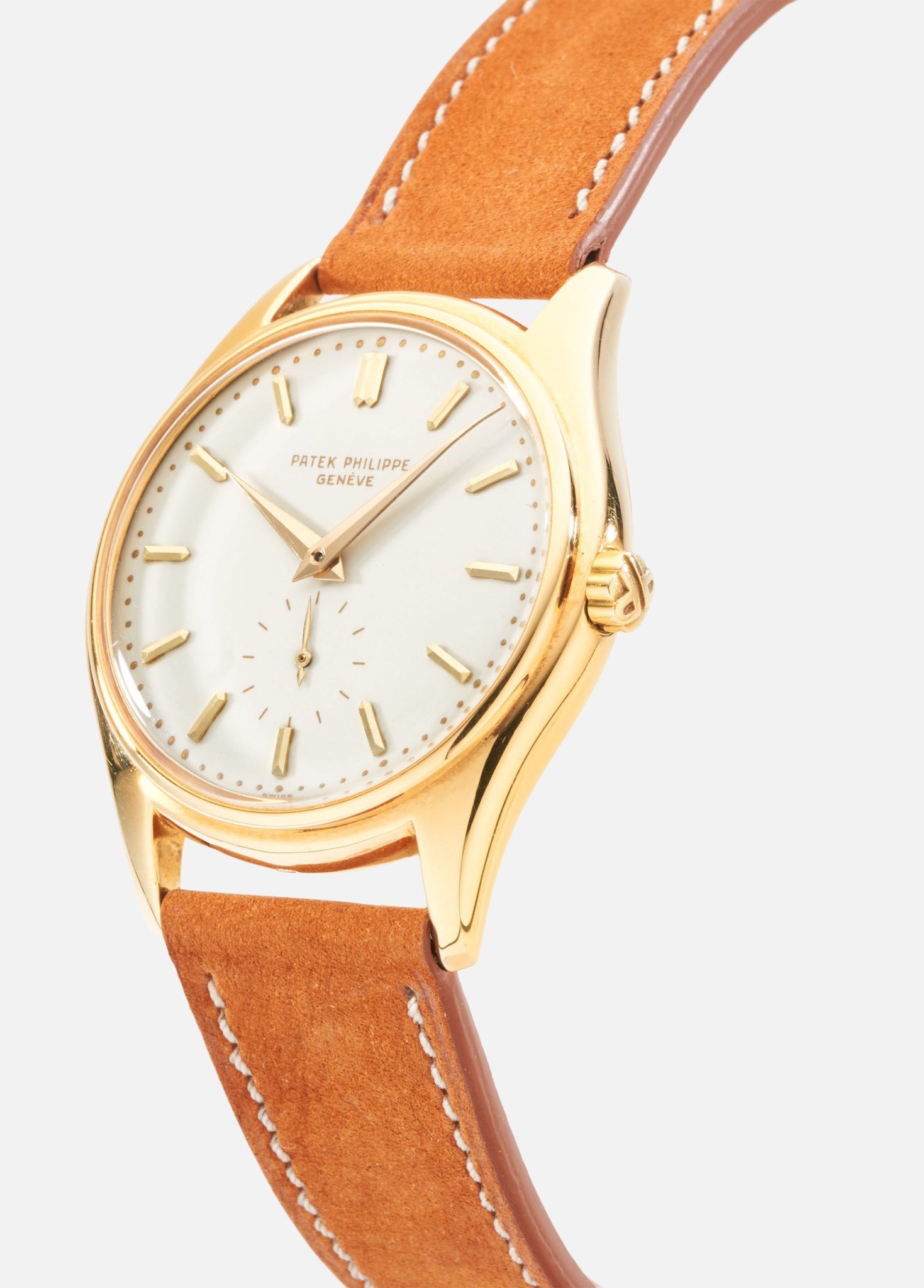
This example is lovely in a few ways. First, the dial, which is free of hairlines as far as I can see. Often, when cleaned, if the enamel was cleaned with friction or sanding you’d lose a bit of the ‘A’ top of the signature and the minute track circles would elongate into ovals. In addition the signature would lighten and start to lose its edges. Here, it’s all tight and lovely in a deep cream. The case has been very lightly polished but still holds deep hallmarks. It sports a PP crown which is lovely, and comes with extract from a well-regarded London retailer.











